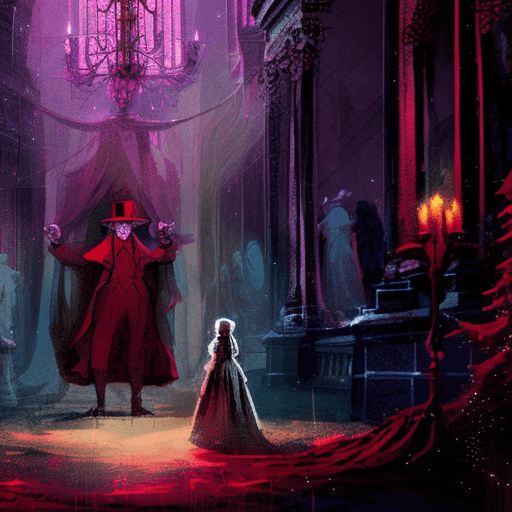A Christmas Carol: A Tale of Redemption and Holiday Spirit
A Christmas Carol by Charles Dickens is a timeless classic that tells the story of Ebenezer Scrooge, a bitter and miserly old man who undergoes a profound transformation after being visited by three spirits on Christmas Eve. Through vivid storytelling and memorable characters, Dickens explores themes of redemption, the importance of compassion, and the true meaning of Christmas.
The Miserly Scrooge and His Ghostly Visitors
The story begins with Ebenezer Scrooge, a wealthy but miserly businessman who despises Christmas and all its festivities. He is known for his cold-heartedness and lack of empathy towards others. On Christmas Eve, Scrooge is visited by the ghost of his former business partner, Jacob Marley, who warns him of the consequences of his selfish ways. Marley informs Scrooge that he will be visited by three spirits: the Ghost of Christmas Past, the Ghost of Christmas Present, and the Ghost of Christmas Yet to Come.
A Journey Through Time and Reflection
As Scrooge is visited by each spirit, he is taken on a journey through his past, present, and future. The Ghost of Christmas Past shows him scenes from his childhood and young adulthood, reminding him of the joy and love he once experienced. The Ghost of Christmas Present reveals the happiness and generosity that can be found during the holiday season, contrasting with Scrooge’s own isolation and greed. Finally, the Ghost of Christmas Yet to Come shows Scrooge a bleak future, where his death is met with indifference and his wealth is squandered.
Throughout these encounters, Scrooge begins to realize the impact of his actions on those around him and the emptiness of a life consumed by greed. He witnesses the struggles of the Cratchit family, particularly their sickly son, Tiny Tim, and sees the genuine love and happiness they find in spite of their poverty. These experiences force Scrooge to confront his own choices and the opportunity for redemption that lies before him.
A Transformation and a New Lease on Life
After his encounters with the spirits, Scrooge awakens on Christmas morning with a newfound sense of purpose and compassion. He becomes a changed man, embracing the spirit of Christmas and spreading joy and generosity to those he once ignored. Scrooge seeks to make amends for his past behavior, starting with the Cratchit family, whom he surprises with a turkey and a raise for Bob Cratchit. He also donates to charity and becomes a beloved member of his community.
Through the transformation of Scrooge, Dickens emphasizes the power of redemption and the capacity for change within every individual. The story serves as a reminder that it is never too late to mend one’s ways and find happiness through acts of kindness and compassion.
Key Takeaways:
- Redemption and transformation are possible for even the most hardened individuals.
- Compassion and generosity bring joy and fulfillment, while greed and selfishness lead to isolation and unhappiness.
- The true meaning of Christmas lies in love, kindness, and the joy of giving.
“I will honor Christmas in my heart, and try to keep it all the year.”
– Ebenezer Scrooge
In conclusion, A Christmas Carol is a heartwarming tale that reminds us of the importance of kindness, compassion, and the true spirit of Christmas. Through the journey of Ebenezer Scrooge, readers are encouraged to reflect on their own actions and embrace the opportunity for redemption and positive change.












